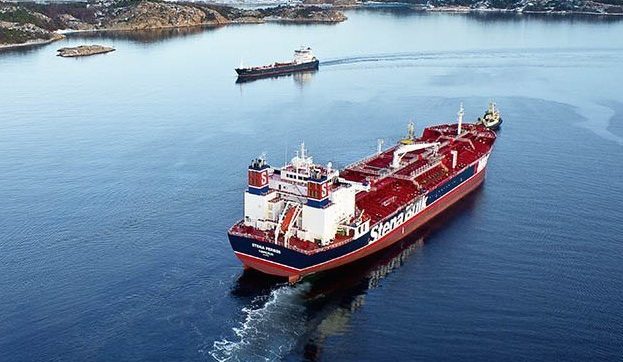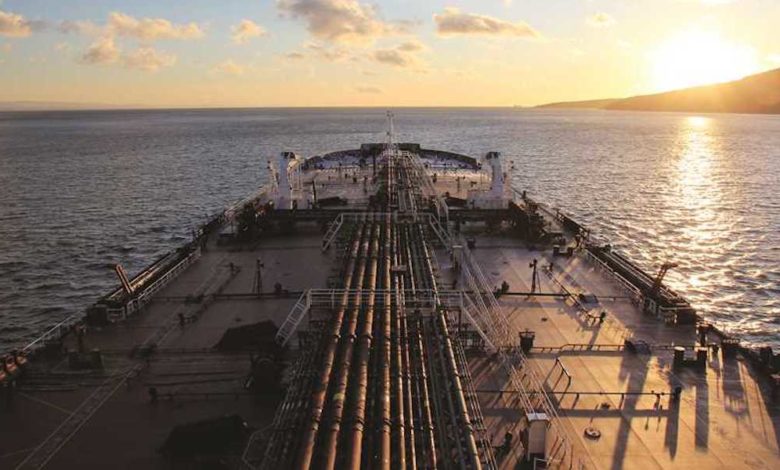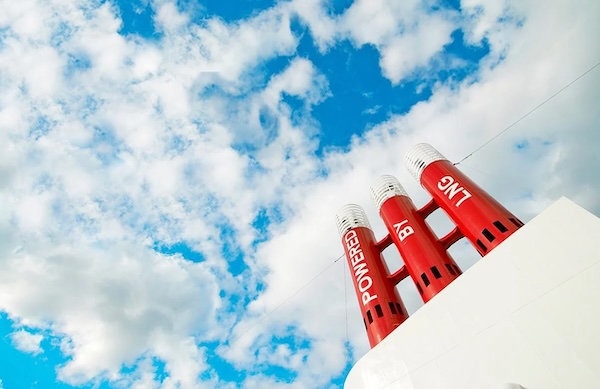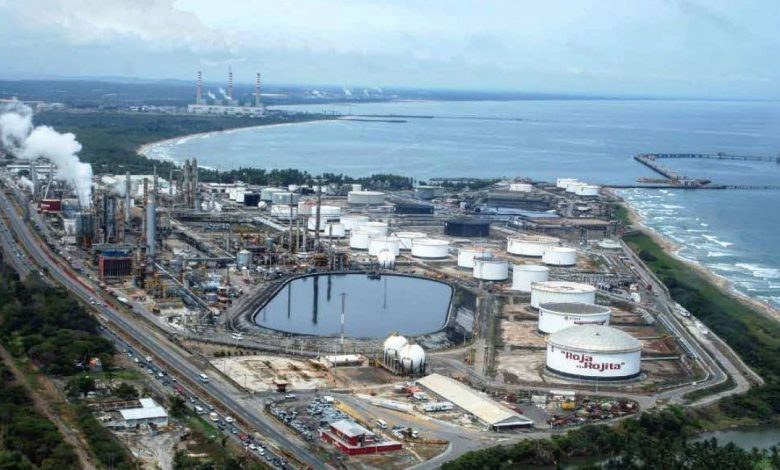Concordia Maritime looks at converting tankers to boxships
From loss-making to record-breaking earnings – can tankers convert from the red to mega profits? One struggling Scandinavian tanker operator is looking at making a sensational exit from the tanker doldrums to cash in on today’s sky high container scene.
Concordia Maritime, which was rescued by parent Stena last year after suffering serious losses, has revealed a tanker conversion plan.
While dry bulk carriers have been seen carrying containers over the past six months (see inset picture), a tanker repurposed to carry boxes is something not seen since the advent of containerisation by Malcom Mclean 66 years ago.
Concordia Maritime has launched a technical design study together with Stena Teknik and a German consulting company specialising in ship design. The aim is to investigate the feasibility of converting and adapting a P-MAX product tanker for container transportation. The assignment also includes preparation for basic design class approval.
“The container segment has shown strong growth in recent years, driven by disruptions to international logistics as well as more structural factors,” Concordia Maritime stated in a release today.
According to initial assessments, the P-MAX vessels’ two engines, with full redundancy, and other dimensions make them possible to convert to container vessels with a capacity of approximately 2,100 teu.
The technical design study is expected to be completed by the end of Q2 2022 and – if the result is positive – it will be followed by discussions with shipyards and possible charterers to explore potential interest. A full conversion is expected to take approximately three to five months. Concordia Maritime owns a total of nine P-MAX vessels.
Back in 1956 Malcom McLean bought two World War II T-2 tankers, which he converted to carry containers on and under deck (see picture below) ushering in the seaborne container trades era.







